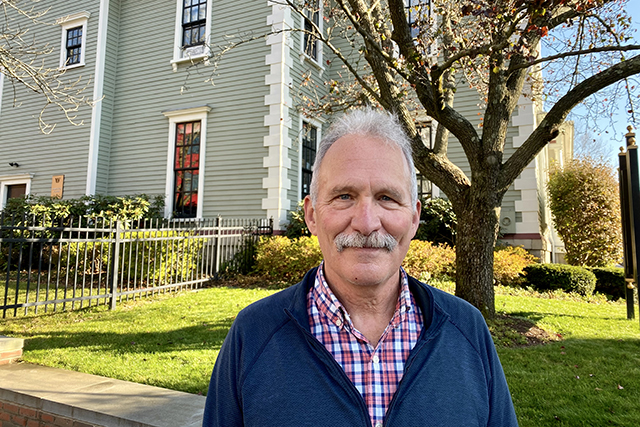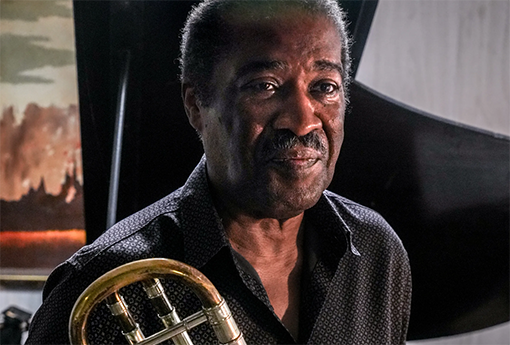
An Introduction to The Hamilton School at Wheeler from Director Jon Green
January 9, 2022

For more than three decades, The Hamilton School at Wheeler has provided students who have great overall cognitive ability, but who struggle with reading, organization, and study skills due to dyslexia, attention-deficit disorder, executive function deficits, or other learning differences, with the individualized instruction that leads to success, all in the context of a larger independent school. Hamilton has been led for much of that time by Director Jon Green. We talked with Jon about what brought him to Hamilton, the school’s distinctive approach, and what he sees ahead for Hamilton as he prepares to retire at the end of this school year.
Q: How do you describe The Hamilton School at Wheeler?
A: In the spring of 1988, Hamilton was envisioned as a new and innovative approach for teaching students with dyslexia and other related learning differences. This was a radically different approach than was being used in public and other private schools in the country at the time.
Hamilton’s stated mission is Educating, Supporting, and Empowering Students with Learning Differences. This is accomplished by teaching students with dyslexia strategies that enable them to read and write independently. Simultaneously, students are given opportunities to explore and develop their talents and strengths.
One of the great advantages for Hamilton students is that they get to participate in a myriad of Wheeler activities and classes with Wheeler students, including art, music, phys-ed, lunch, recess, and other. This is vital as it gives students empirical evidence that they are talented and, even “normal” in so many ways.
Q: Across Wheeler, we aim to provide a personalized, rigorous, and joyful education. How is that reflected in the Hamilton School experience?
A: Because Hamilton students are not taken out of classes to receive extra help, they get to participate in all the cool stuff-Aerie enrichment, the DIB (Design-Innovate-Build) Lab, art, sports, music, etc. For Hamilton students it is hugely empowering and even life changing.

Q: You alluded to this in your first answer, but can you tell me more about the benefits of Hamilton being part of The Wheeler School? What are some of the ways Hamilton is tied into and contributing to the larger life of Wheeler?
A: The founders of Hamilton envisioned that the partnership with Wheeler would allow the Hamilton students to benefit from all the enriched course offerings at Wheeler. This has definitely happened. In fact, over time Wheeler has embraced neurodiversity for Wheeler students. This has helped Wheeler better understand the learning differences of Wheeler students and the different teaching practices to reach those students. The Hamilton School at Wheeler and Wheeler Lower, Middle, and Upper Schools have formed close bonds that mutually benefit all divisions and make Wheeler a 21st century school.
Q: And now for a few questions about you: When and why did you decide to join the Wheeler and Hamilton community? What has the experience been like for you?
A: When I visited Hamilton in 1992, it reminded me of walking through an old house that, if renovated, could be an extraordinary building. I remember feeling the potential and recognizing the challenge. Honestly, I was looking for the challenge. I wanted a job where I would have the opportunity to make a significant impact on children’s lives. To be sure, every Hamilton student has some major learning deficits that need to be remedied. And, when these children experience success, it is truly life changing for them. Leading Hamilton has been the best job in the world.

Q: This is your last year as Director of the Hamilton School. What makes you excited for the school’s future under the leadership of the school’s new head, Bill McCarthy?
A: The pandemic has stressed Hamilton the same way that it has stressed all schools, but the program remains strong and vibrant. The faculty are dedicated and the students believe in themselves. Hamilton has been part of the national conversation about learning differences since its founding in 1988. I believe that Hamilton is a model for how students with learning differences can be successful in a regular educational setting. I would like Bill to take that ball and run with it. Hamilton can be the model in the country for teaching students with dyslexia and ADHD.
Q: Is there anything else about the Hamilton School that we haven’t covered but that you would like to highlight for prospective families?
A: When Hamilton “works” for a student it sets high, but reachable, expectations. Students believe they can get there. And, with success, their confidence increases.

